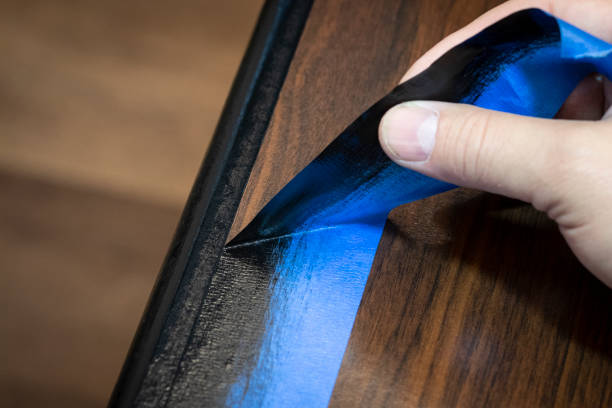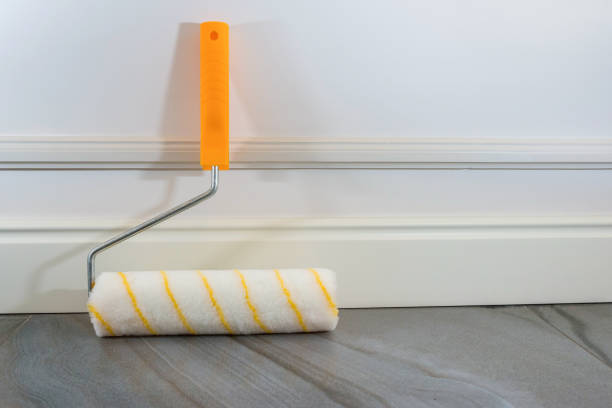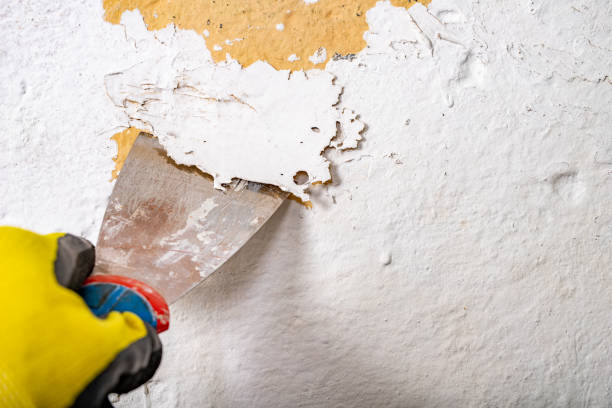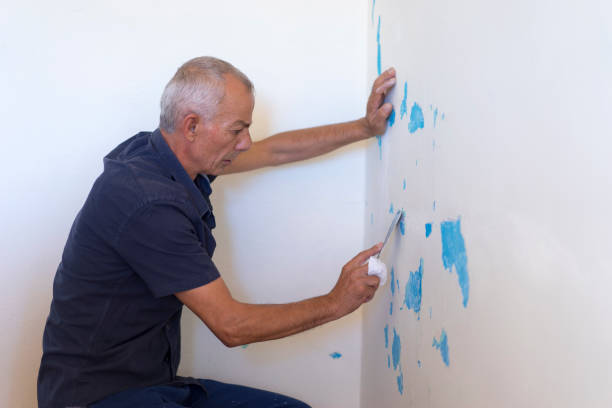Removing dispersion paint with tips and home remedies. Also, remove acrylic paint and gently remove paint from clothing. You put on protective clothing or aprons to paint or paint and then something goes wrong. Then quick removal of the paint stains helps best with the following methods.
Removing paint stains made easy
The paint is already on the trousers or the top and you are annoyed that you didn’t wear anything old for the painting work. But what can you do if you get emulsion paint on your clothes? Or does acrylic paint now embellish the clothes? It doesn’t always have to be cleaned or chemically treated – there’s another way! We show you which tips and home remedies you can use to remove color stains.
1) Take quick action to remove emulsion paint

In order to get emulsion paint or acrylic paint stains out of your clothing, you have to do one thing above all: act quickly. Because once the spots of color have dried, it is almost impossible to save anything. Therefore, you should not put clothes soiled with emulsion paint in the laundry basket with the other dirty clothes, but hand washes them directly in the sink.
2) Sugar versus emulsion paint and acrylic paint
You should also use an effective home remedy to remove the stains as quickly as possible. You mix some sugar with water until you get a mushy mass. Then apply this mass directly to the paint stain. Then gently rub the fabric together to rub out the color. In most cases, this helps without any problems and ensures clean clothes without residues. Also, note valuable home remedies for grass stains.
3) Remove paint with soap and brush
If the trick with the sugar solution didn’t quite work, there is another way to remove the emulsion paint: brushing it out. To do this, first, use normal soap for your hands and cold tap water. Because this is generally harmless and can not aggravate anything. Then rub some of the soap onto the stained area on the garment and brush over it with a fingernail brush or bristled shoe brush. It is important that you do not rub too hard! You should also always rub in one direction. This is how you prevent the pieces of color from being worked even deeper into the fabric. In general, the household remedy gall soap is also good for removing stains.
4) Hairspray against dried emulsion paint
If the color has already dried, you can try treating it with hairspray first. Consequently, the color should soften like that. You can then remove the emulsion paint by scraping it off with a nail brush. And if this does not help to get the garment clean again, the only thing that will help us to have it professionally cleaned or simply to take it to the rubbish bin or collect old clothes. You can also find out how easy it is to clean work clothing.
5) Do not stain acrylic and emulsion paint stains
The paint for painting works is popular. But nobody wants them in their clothes. When it comes to that, it may sound tempting to simply dye the color patch over with a color that matches the color of the garment. But this will rarely bring an acceptable result. Because you can hardly ever overdye clothing that has been soiled with emulsion paint. Dyeing is not possible as soon as dye remains in the fabric. Because dyes for fabrics of clothing are never covered by paint since this is, among other things, much more intense and the mixture is thicker. The reason for this is the different composition. Wall paint used by painters consists mostly of fine solids. Fabric dye, on the other hand, is composed of liquid chemicals without any solids for recoloring.
6) No ironing on paint
You should also be careful when using the iron. Because as long as there are paint residues in the garment in question, no iron should be used. The garment must first be completely clean before it can be ironed again. If the color is also “burnt on”, so to speak, nothing can save the good piece.
7) Remove emulsion paint from tiles
Cleaning tiles work well with home remedies. In most cases, you can also remove the paint from the tiles in this way. To do this, place a wet cloth on the affected area to soak the stain. You can then carefully scrape off the paint with a spatula.
8) Removing emulsion paint from wood

Paint stains on the wood are annoying and should be removed carefully to avoid scratches and dents in the wood. Here you should get help from mechanical or chemical means. You can then either sand the stain or use stain remover to remove it. You can also try the soaking method and the spatula beforehand.




